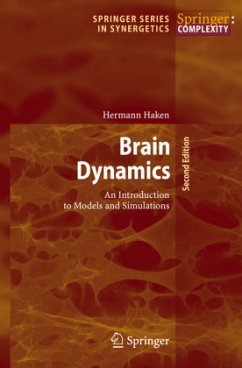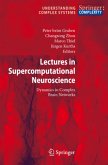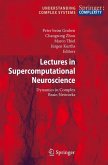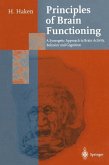Brain Dynamics serves to introduce graduate students and nonspecialists from various backgrounds to the field of mathematical and computational neurosciences. Some of the advanced chapters will also be of interest to the specialists. The book approaches the subject through pulse-coupled neural networks, with at their core the lighthouse and integrate-and-fire models, which allow for the highly flexible modelling of realistic synaptic activity, synchronization and spatio-temporal pattern formation. Topics also include pulse-averaged equations and their application to movement coordination. The book closes with a short analysis of models versus the real neurophysiological system.
The second edition has been thoroughly updated and augmented by two extensive chapters that discuss the interplay between pattern recognition and synchronization. Further, to enhance the usefulness as textbook and for self-study, the detailed solutions for all 34 exercises throughout the text have been added.
The second edition has been thoroughly updated and augmented by two extensive chapters that discuss the interplay between pattern recognition and synchronization. Further, to enhance the usefulness as textbook and for self-study, the detailed solutions for all 34 exercises throughout the text have been added.








